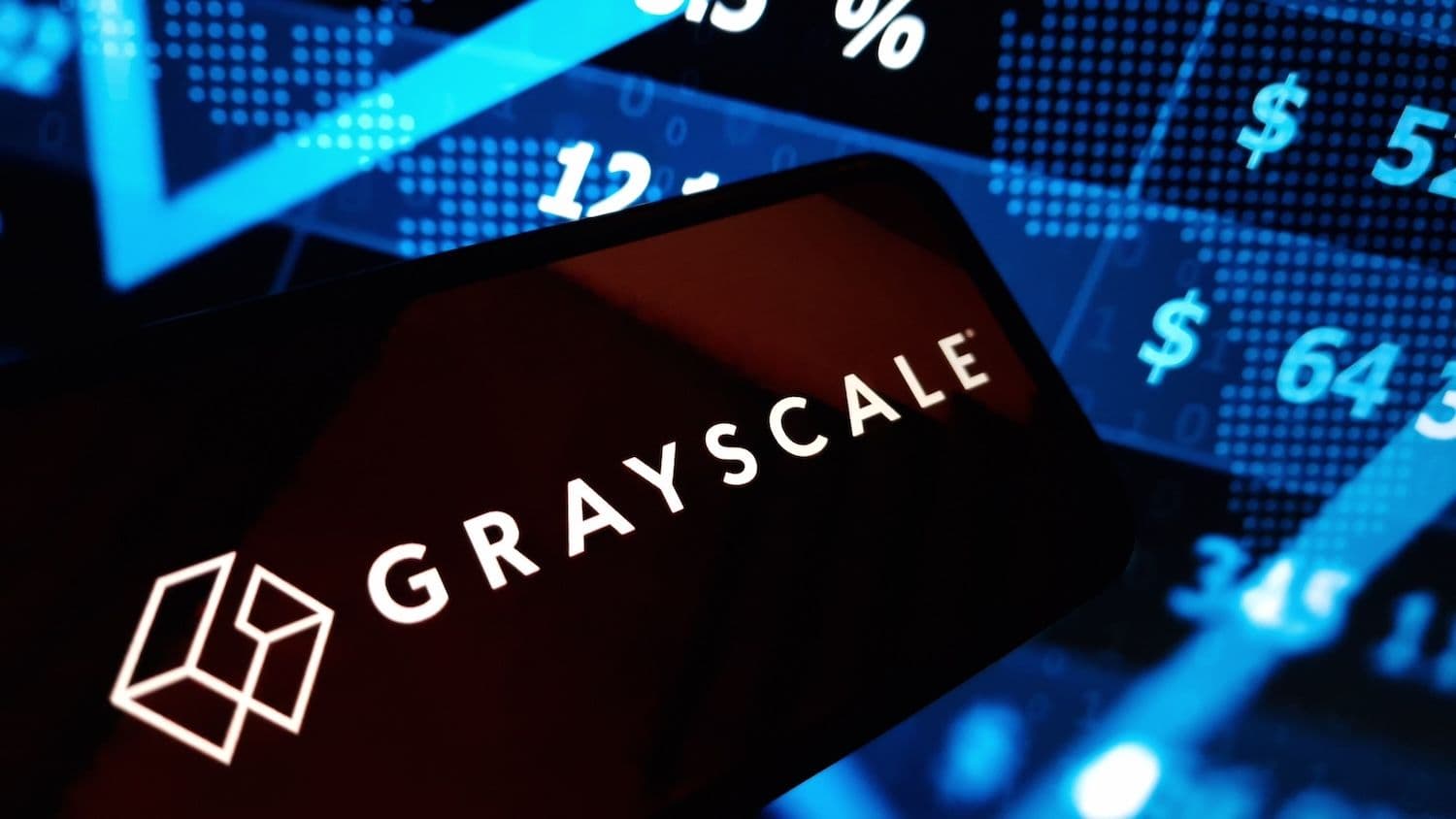Grayscale Research designated Solana as "crypto's financial bazaar" in a report released this week, citing the blockchain's transaction volume, user base and on-chain economic activity as indicators of sustained value creation. The assessment comes as the network's native token trades near $195 following a pullback from $230, with technical analysts projecting potential movement toward $300 if key resistance levels break.
What to Know:
- Solana generates an estimated $5 billion in annualized transaction fees across more than 500 decentralized applications, with platforms like Raydium and Jupiter processing over $1.2 trillion in trading volume year-to-date.
- The network processes new blocks every 400 milliseconds with transaction finality in roughly 13 seconds, while maintaining an average fee of $0.02 per transaction through a local fee market design.
- SOL holds a market capitalization near $111 billion, ranking as the sixth-largest cryptocurrency and fifth-most liquid digital asset behind Bitcoin and Ethereum, with stakers earning approximately 7% nominal rewards.
Ecosystem Activity Drives Economic Thesis
Grayscale's report positions Solana's range of decentralized applications as evidence of a functional on-chain economy rather than speculative infrastructure. The firm described the network as "an invisible metropolis with millions of users conducting thousands of transactions per second," emphasizing its lead in users, transaction volume and fee generation as the most relevant metrics for blockchain activity.
The ecosystem includes decentralized finance platforms, consumer applications and physical infrastructure networks.
Raydium and Jupiter, two prominent DeFi platforms, have facilitated the $1.2 trillion in trading volume this year.
Pump.fun, a social and meme coin platform, generates more than $1.2 million in daily revenue from approximately 2 million monthly users.
In the decentralized physical infrastructure sector, Helium operates a wireless network with over 112,000 hotspots and has established partnerships with AT&T and Telefonica.
The collective activity across these applications produces the estimated $5 billion in annualized transaction fees, which Grayscale cites as direct evidence of on-chain demand.
Solana's native token has outperformed comparable smart contract platforms since 2023, according to the report. Stakers currently receive around 7% in nominal rewards, translating to approximately 3% real yield after inflation adjustments. The network hosts more than 1,000 full-time developers, representing the second-largest smart contract developer community after Ethereum.
Technical Architecture and Price Projections
The blockchain's technical design differs from Ethereum's Virtual Machine structure. Solana uses its own Solana Virtual Machine architecture, which processes new blocks every 400 milliseconds and achieves transaction finality in about 13 seconds. Transaction fees average $0.02, supported by what developers call a "local fee market" design intended to minimize network congestion during high-activity periods.
An upcoming upgrade called Alpenglow is expected to reduce confirmation times to under 150 milliseconds. The distinct architecture could create what Grayscale describes as "sticky" developer loyalty, as building on one virtual machine doesn't easily translate to another.
Market analysts offered mixed near-term outlooks for SOL's price movement. Technical trader Crypto Jelle noted the token broke out from what he characterized as a "massive reaccumulation range" and is now retesting that level. Analyst Lark Davis identified a tightening range between $220 resistance and $169 support, suggesting a move past $300 remains possible if the upper boundary breaks.
Davis also outlined downside targets at $169, $125 and $95 if the lower support fails.
Analyst Cryptos Batman said the recent correction following tariff news from the Trump administration likely marked a significant bottom, particularly with a decision on a Solana exchange-traded fund pending. The token pulled back from $230 to $195 amid what market observers described as whale futures selloffs, though sentiment remains generally constructive.
The network faced scrutiny over claims of 100,000 transactions per second capacity. Developers clarified the figure refers to validator processing capability rather than finalized transactions, a distinction that helped stabilize confidence after initial criticism circulated.
Key Terms Explained
Market capitalization represents the total value of a cryptocurrency calculated by multiplying the current price by the circulating supply. Real yield accounts for nominal returns minus inflation, providing a more accurate picture of actual earnings. Decentralized physical infrastructure networks, or DePIN, use blockchain technology to coordinate physical hardware like wireless hotspots or sensor networks. Transaction finality refers to the point at which a blockchain transaction becomes irreversible and permanently recorded.
Final Thoughts
Grayscale concluded that Solana's diversity and scale position it among the stronger fundamental investments in the cryptocurrency sector. "The depth and diversity of Solana's on-chain economy creates a strong foundation for SOL valuation and the necessary conditions for further growth over time," the report stated. The assessment arrives as macroeconomic uncertainty, ETF speculation and technical price signals converge on the network.

